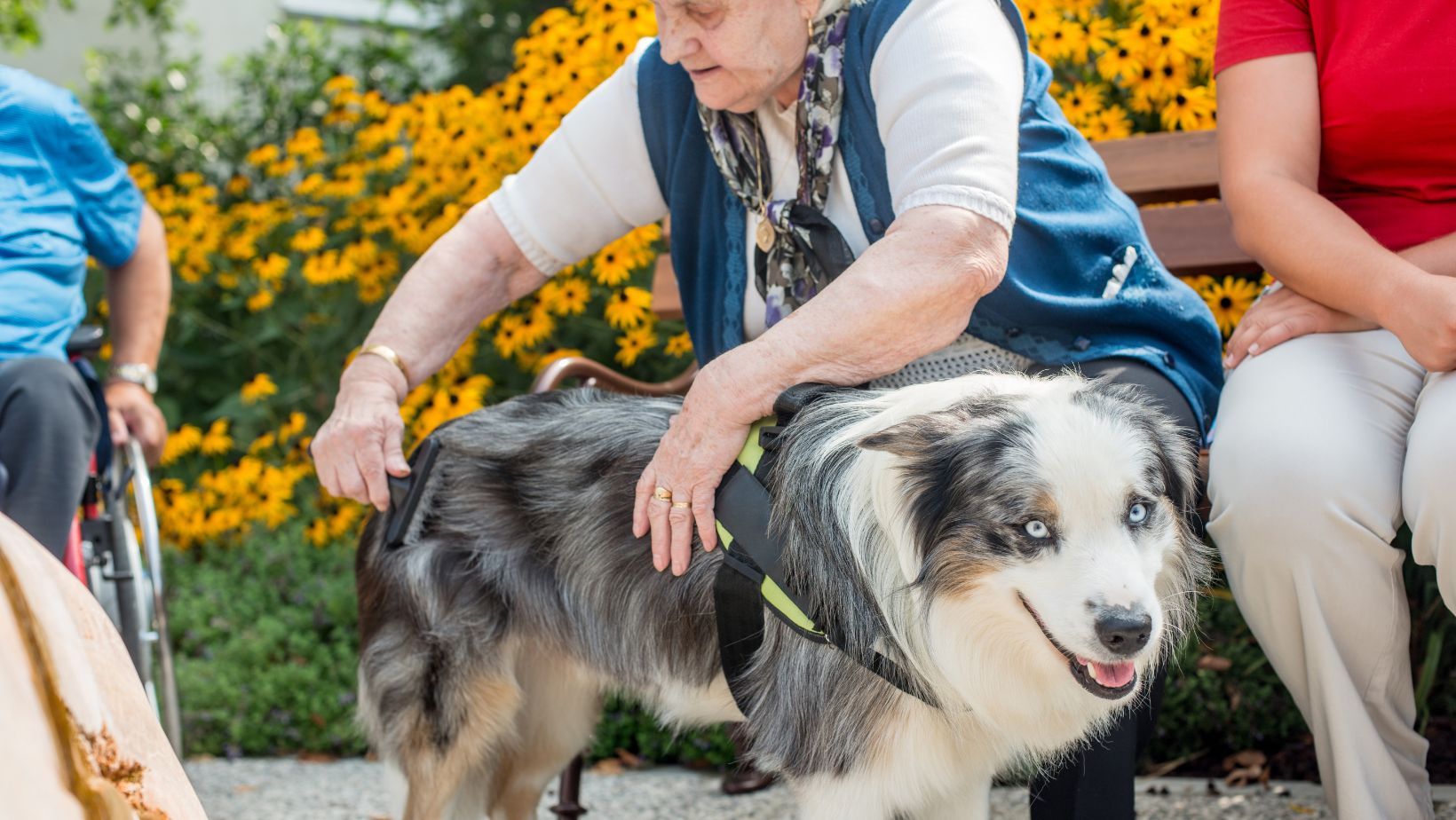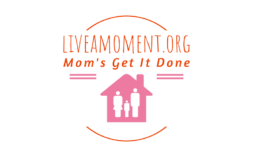For many individuals struggling with depression, animals provide more than just companionship—they can be a crucial source of emotional support and stability. Whether it’s a well-trained service dog assisting with daily tasks or an emotional support animal (ESA) offering comfort, animals can help improve mental health and overall well-being.
However, choosing between a service animal and an ESA can be confusing, as both serve different purposes and come with varying legal protections.
In this guide, we’ll break down the key differences between service animals and ESAs, helping you determine which option is best for managing depression.
What Are Service Animals?
Service animals are specially trained animals—most commonly dogs—that perform specific tasks to assist individuals with disabilities. Service dogs for anxiety and depression are common.
Under the Americans with Disabilities Act (ADA), service dogs have legal protections that allow them to accompany their owners in public spaces, workplaces, and housing situations.
Tasks Service Animals Perform for Depression
- Retrieving medication or reminding their owner to take it.
- Interrupting harmful behaviors, such as self-isolation or pacing.
- Providing deep pressure therapy (DPT) to reduce anxiety.
- Guiding their owner to a safe space during an emotional crisis.
Because service animals must undergo rigorous training, they are typically more expensive and require more time to acquire than an ESA.
What Are Emotional Support Animals (ESAs)?
Unlike service animals, emotional support animals do not require specialized training. Their primary role is to provide comfort and emotional stability simply through their presence.
ESAs can be dogs, cats, rabbits, birds, or other domesticated animals, making them more accessible to individuals who may not need a highly trained service dog.
How ESAs Help with Depression
- Offering companionship to reduce feelings of loneliness.
- Providing a sense of routine through daily care and interaction.
- Acting as a calming presence during moments of distress.
- Encourage physical activity through play and walks.

While ESAs offer tremendous emotional benefits, they are not considered service animals under the ADA and do not have the same public access rights.
However, they are protected under the Fair Housing Act (FHA), allowing individuals with ESAs to live in housing that may otherwise have pet restrictions.
Key Differences Between Service Animals and ESAs
Both service animals and ESAs provide valuable support for individuals with depression, but they differ in several key areas.
Training and Certification Requirements
- Service Animals: Must undergo extensive training to perform specific tasks related to the handler’s disability. Training can take months to years.
- ESAs: Do not require specialized training and provide support through companionship rather than trained tasks.
Legal Rights and Public Access
- Service Animals: Protected under the ADA, allowing them to accompany their owner in most public places (restaurants, stores, transportation, etc.).
- ESAs: Only protected under the FHA, meaning they can live in no-pet housing, but do not have public access rights.
Roles and Responsibilities
- Service Animals: Perform trained tasks that actively assist their owner with depression-related symptoms.
- ESAs: Provide emotional comfort without performing specific tasks.
Species and Breed Flexibility
- Service Animals: Limited to dogs (and, in some cases, miniature horses) due to their ability to perform complex tasks.
- ESAs: Can be any domesticated animal, including dogs, cats, rabbits, and even birds.
Cost and Time Investment
- Service Animals: Require significant time and financial investment, as training can cost between $10,000–$30,000 depending on the program.
- ESAs: Have minimal costs beyond regular pet care, making them a more accessible option for many individuals.
Which Is Better for Depression?
Choosing between a service animal and an ESA depends on the severity of your depression and the type of support you need.
When to Consider a Service Animal
- You have severe, debilitating depression that interferes with daily life.
- You need a dog that can perform specific, trained tasks to help manage symptoms.
- You require public access rights for your support animal.
- You are willing to invest time and resources into service dog training.
When to Consider an ESA
- Your depression is moderate to mild, and you benefit from an animal’s presence.
- You need companionship and emotional comfort, rather than trained assistance.
- You primarily need an animal for at-home support and do not require public access.
- You want a lower-cost, lower-maintenance option for emotional support.

If you’re unsure which type of support animal best fits your needs, consult with a mental health professional to determine the right choice for you.
FAQs About Service Animals and ESAs for Depression
Can I Transition My ESA Into A Service Animal?
Yes, an ESA can become a service animal if it undergoes specialized training to perform tasks related to depression or anxiety. However, simply providing comfort isn’t enough—service dogs must be trained to assist with specific needs in order to qualify under the ADA.
How Do I Qualify For A Service Animal Or An ESA?
To qualify for a service animal, you must have a disability that significantly impacts daily life, and the animal must be trained to assist with related tasks. To qualify for an ESA, you need an ESA letter from a licensed mental health professional stating that the animal provides emotional support for your condition.
Can Any Breed Be A Service Animal Or ESA?
Service dogs are typically medium to large breeds that can perform physical tasks, but breed restrictions do not exist under the ADA. ESAs, on the other hand, can be any species as long as they provide emotional support to their owner.
Conclusion: Choosing the Right Support for Your Needs
Both service animals and ESAs can provide invaluable support for individuals struggling with depression, but they serve different purposes.
Service animals offer trained assistance and public access rights, making them ideal for those with severe depression that affects daily functioning. ESAs provide companionship and comfort, making them a great option for individuals needing emotional support at home.
If you’re considering an ESA, ensure you obtain a legitimate ESA letter from a licensed mental health professional. If you believe a service animal is necessary, researching certified training programs can help you find the right match. No matter which option you choose, having an animal by your side can be a life-changing source of support on your journey to improved mental well-being.
At Pettable, we make the process of obtaining an ESA letter easy and stress-free. Our team of licensed mental health professionals can evaluate your needs and provide a legitimate ESA letter that ensures you and your support animal get the housing protections you deserve.
Get started today and take the next step toward emotional healing with the right support animal by your side.


